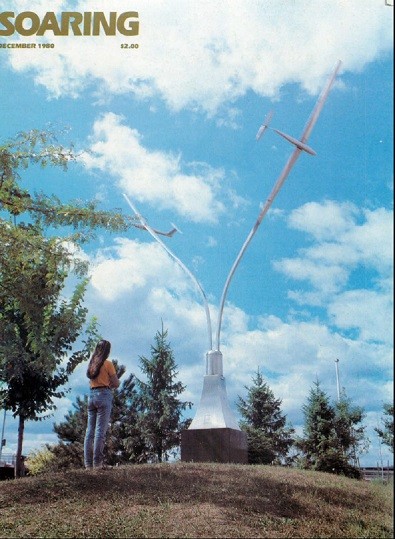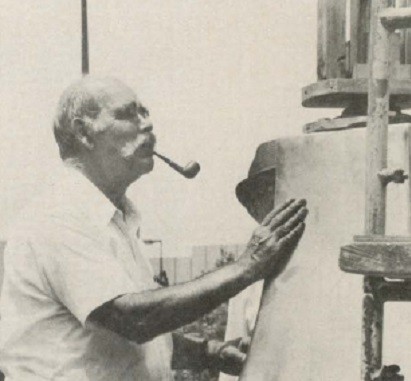Ernest Schweizer
1955
about
(1912-2000) SSA Director; Sailplane Designer; Sailplane Corporation Owner; Soaring Sculptor
Awards
Tissandier Diploma 1961; Eaton Trophy (with Paul Schweizer) 1953; Exceptional Achievement Award 1975; FAA Lifetime Achievement Award 1995
Bio
Ernie Schweizer has always marched to two different drummers. "I always enjoyed drawing," he says, "but aviation and engineering attracted me, too. I grew up with my brothers Paul and Bill at a time when the industry was being born and we wanted to be a part of it. Model building was fun, but it didn't get us in the air."
In those days gliding offered the only possibility for most teenagers to become airborne, so Ernie and his younger brother embarked upon the design and construction of a "primary" training glider. This category of aircraft had its origins in Germany as the Zogling trainer, a wire-festooned, basic airframe designed for brief solo glides down moderate slopes while the pilot taught himself to coordinate three-axis control. Even then Ernie's sense of aesthetics (and aerodynamics) was offended by the wing's wire bracing, and he substituted struts.
Later, while attending New York University, he continued designing and building gliders, completing three during his undergraduate days. His interest in art and feeling for line were not lost, however. He noted a dilemma: "I learned that glider design was a compromise between buildability and aesthetics. For instance, high aspect ratio wings and finely-lofted fuselages are beautiful, but it is materials and structure that dictate their final geometries. "
Later in retirement from his position as Schweizer Aircraft Corporation's chief of engineering, he was busier than ever and able to give rein at long last to his various projects. "Art and engineering are not such a strange combination of traits," Ernie observes with a smile. "My father was a fine chef and restaurateur at Carnegie Hall whose clientŠle included such great musical artists as Toscanini. And he was an art collector in his own right. But he was also Swiss which means that there would be an affinity for machinery in our family genes, too."
He could have something there. Art, aviation, and engineering can go together. Consider da Vinci. See Ernies's article, Soaring Sculpture in Soaring, December 1980, page 33.

In October 1979 the Elmira Rotary Club decided they wanted something special to commemorate the 75th anniversary of Rotary and the 50th anniversary of soaring in Elmira. Ernie had the idea of two spiraling sailplanes on a base rotated by an electric drive within the base. The high cost of such a structure was reduced to a reasonable figure by the use of many volunteers. Details of the construction are in Ernie's article.
The sailplanes are stylized to give the impression of a modern high performance design with an aspect ratio of about 33.
The sculpture is located in Riverside Park, Elmira, near the Clemens Parkway. The use of stainless steel and granite should give it an indefinite life.
Ernie served as an SSA Director, was awarded the FAI Tissandier Diploma in 1961, the SSA Eaton Trophy (with Paul Schweizer) in 1953 and the Exceptional Achievement Award in 1975.

In speaking about his giant sculpture, Ernie says, "I feel fortunate to have all the help and funds provided by many people. I couldn't have accomplished this without them."